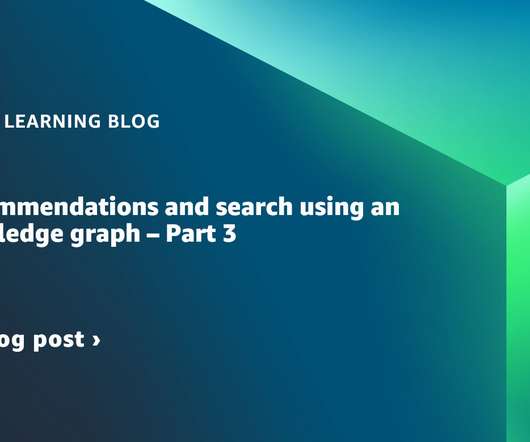Healthcare revolution: Vector databases for patient similarity search and precision diagnosis
Data Science Dojo
JANUARY 30, 2024
Exploring Disease Mechanisms : Vector databases facilitate the identification of patient clusters that share similar disease progression patterns. Here are a few key components of the discussed process described below: Feature engineering : Transforming raw clinical data into meaningful numerical representations suitable for vector space.



























Let's personalize your content